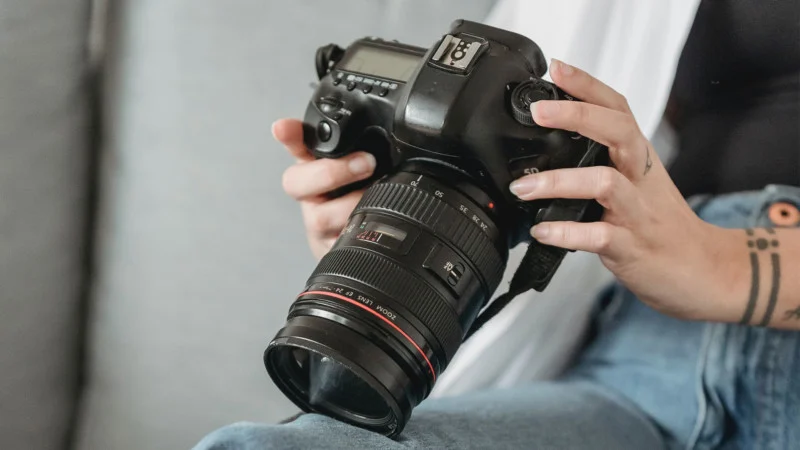
What Is Camera Shutter Count?
Camera shutter count refers to the total number of times a camera’s shutter has been actuated to capture an image. Each time you take a photo, the shutter mechanism opens and closes, adding to the overall count. This metric is crucial for photographers, especially when purchasing used cameras, as it provides an estimate of the camera’s remaining lifespan.
Modern DSLR and mirrorless cameras have rated shutter life expectancies, which typically range from 50,000 to 500,000 actuations, depending on the model. While exceeding this count does not guarantee failure, it does indicate potential wear and tear on the shutter mechanism.
DSLR vs. Mirrorless Shutter Counts: Key Differences
Both DSLR and mirrorless cameras have mechanical shutters, but mirrorless cameras also feature electronic shutters that function without physical movement. Here’s how they compare:
- DSLR Cameras: Heavily rely on mechanical shutters, leading to more pronounced wear over time.
- Mirrorless Cameras: Can use electronic shutters for silent shooting, reducing mechanical wear and prolonging shutter life.
Despite these differences, shutter count remains an important factor in evaluating the condition of both types of cameras.
How to Check Your Camera’s Shutter Count
Finding your camera’s shutter count can help assess its longevity. Here are the best methods for different camera brands:
Canon Cameras
- Visit camerashuttercount.com and upload a RAW image.
- Use software such as EOS Info (for older models).
- Consult a professional camera technician for an exact count.
Nikon Cameras
- Take a RAW photo and upload it to freeshuttercount.com.
- Use software like ExifTool to extract shutter count from EXIF data.
Sony Cameras
- Upload a JPEG or RAW file to tools.science.si.
- Use the Sony Alpha Shutter Count tool to extract data.
For other brands, similar tools and EXIF data extraction methods can be used.
Understanding Shutter Life Expectancy
Different cameras have varying shutter life expectancies. Here’s an overview:
| Camera Type | Entry-Level | Mid-Range | Professional |
| DSLR | 50,000-100,000 | 100,000-250,000 | 250,000-500,000 |
| Mirrorless | 100,000-200,000 | 200,000-400,000 | 400,000-600,000 |
While manufacturers provide these estimates, real-world performance can differ. Many cameras continue to function well beyond their rated lifespan, while some may fail earlier due to external factors like dust, moisture, or accidental damage.
How Many Shutter Actuations Are Too Many?
A high shutter count is not necessarily a deal-breaker when purchasing a used camera. Instead, consider:
- The camera model and rated lifespan
- Whether the camera was professionally maintained
- Other signs of wear and tear, such as sticky buttons or dim viewfinders
For professional use, a lower shutter count is preferable, while hobbyists may not need to worry as much.
Mechanical vs. Electronic Shutters: Pros and Cons
Mechanical Shutter
Produces higher-quality images with reduced rolling shutter distortion
Works well in varied lighting conditions
Has a limited lifespan due to moving parts
Electronic Shutter
No mechanical wear, leading to a virtually unlimited lifespan
Allows silent shooting for discreet photography
Can introduce rolling shutter distortion in fast-moving subjects
Should You Worry About Shutter Count?
In most cases, shutter count is just one factor in determining a camera’s condition. Regular maintenance and careful handling often have a bigger impact on longevity than shutter actuations alone. However, if you’re investing in a high-end camera for professional use, ensuring a low shutter count can be beneficial.
Final Thoughts
Understanding camera shutter count is essential for evaluating a camera’s lifespan and making informed purchasing decisions. While it provides valuable insight, it should not be the sole criterion when assessing a camera’s condition. By using the right tools to check shutter actuations and maintaining your camera properly, you can extend its life and optimize performance.